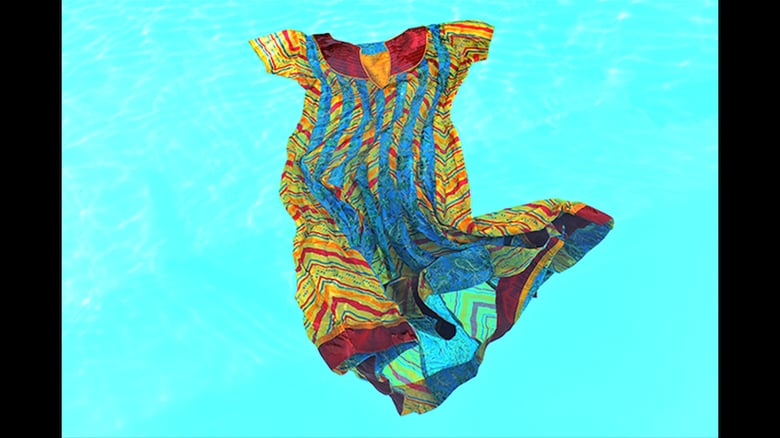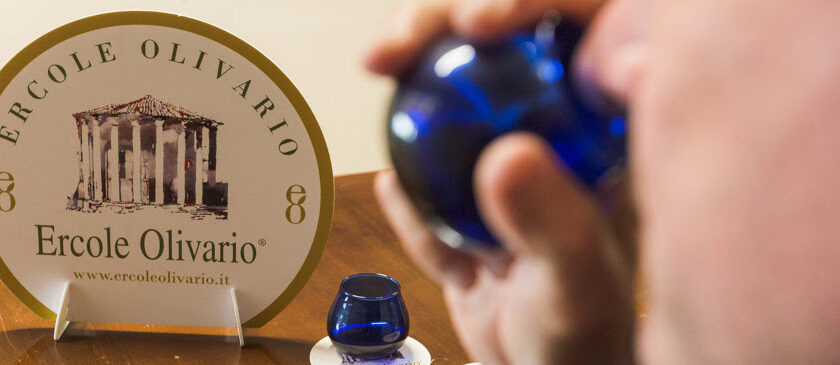Next February 28th at Casa Italiana Zerilli-Marimò at New York University will take place Migration, a solo exhibition by the Italian photographer Carlo Rocchi Bilancini. Curated by Carol Borelli, this is Rocchi Bilancini’s first exhibition in New York an it will be on view from February 28 through March 23.
Rocchi Bilancini has always had an affinity for the mysterious, transformative qualities of water. Yet where his earlier focus was on individual character, here Rocchi Bilancini is concerned with memory and loss, two things that migrants always carry with them, regardless of weight. In thirty-four hauntingly beautiful colour images, Bilancini explores what it means to leave something behind. In so doing, he references not only the historic migration of his fellow Italians to the United States but also the current plight of refugees to Europe and elsewhere. ‘I am inspired by the hardships faced by those who have been forced to leave their possessions and loved ones in order to undertake an arduous journey.’ In this work, water is the element in which one identity is dissolved and another begins to take shape.
Migration by Jill Foulston
Where once were solid forms, now are only eddies of colour, soft dimples on the surface of the water. Who are these people? Where did they come from, and where have they gone?
Carlo Rocchi Bilancini’s first major show, Pesci Fuor d’Acqua, left the viewer in no doubt. His images showed subjects standing unruffled, imperturbable in their element, neither washed away nor changed by it. Here was a fireman with his hose, there an opera singer with her score, a tango dancer, a surveyor, a cyclist, a hair stylist and his scissors, a sculptor and her copper wire, a grandmother with her knitting – all of them floating on waves of crystalline blue, stronger than the rhythms of the water.
However uneasily, the abandoned garments in Migrazioni have surrendered the forms of those who once inhabited them, and with the slow lapping of the water, they have transmogrified into the unknowable, yet vaguely familiar: the ghostly shape of a distant friend, an elusive lover, a departed person yearning to reassume a lost identity. Each person has left something behind. Is it a coat or a soul?
Swishing around like first forms and whirling in the vortex of the element that gave them life, these husks, whether washed-out or singing with colour, taunt and mesmerise. A purple jellyfish pulsates across the aquatic landscape, an anemone is glimpsed below the surface, a rock crab extends a claw in invitation, sirens luring the viewer to join them.
Water is the medium of change, bringing metamorphosis in its wake. Here there is a vanishing, a transmigration. Before long, these shapes will be nothing more than ripples in time.
Casa Italiana Zerilli-Marimò was founded with the specific intent of spreading Italian culture outside of its national boundaries, with the belief that Italian culture belongs not only to the Italians but to whomever has the desire to get to know more about it. The principle that shapes the work of this institution finds adequate expression in the words of Erasmus of Rotterdam, “All we who are learned are Italians.” Casa Italiana, in fact, considers Italian culture an integral and necessary part of universal culture.
Casa Italiana Zerilli-Marimò, with the diversity and meaningfulness of its cultural programs, houses and involves itself with prominent Italian artists, scholars and politicians, whose presence constantly engages new points of discussion, opening and encouraging dialog with Americans on Italian life and culture.



